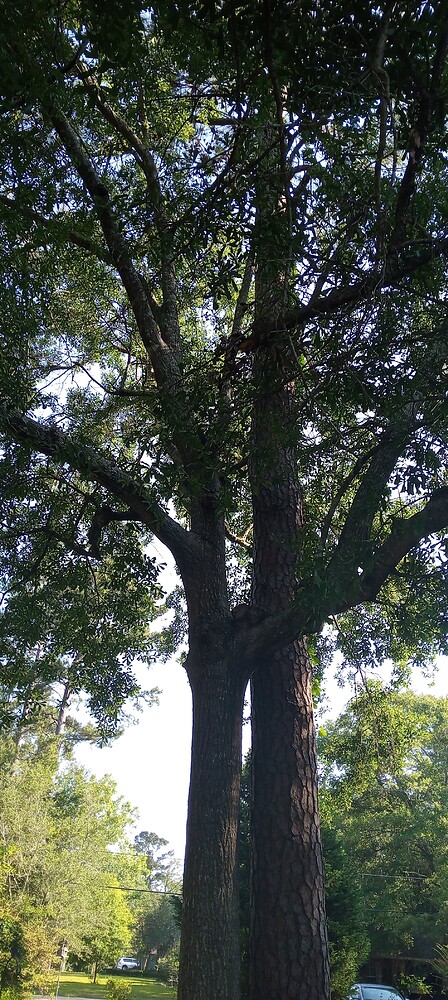Being a residential lot dweller, I try to utilize my available spaces for gardening.
I was interested in “one hole plantings” they I ram across first in a Dave Wilson YouTube video. Just in case some aren’t familiar, the idea is to plant multiple trees close together and treat/train them as though they are one tree.
It saves space, helps with pollinators when needed, and stagers the harvest season depending on the varieties chosen.
I’m my case I’ve just planted 3 European plums: Geneva Mirabelle, Parfume de September, and Purple Gage. I spaced them in an equilateral triangle of 24 inches apart. Each will be trained/pruned to grow in their own 120 degrees of space. The Purple Gage was positioned in the most favorable sun exposure as I was told it is the least vigorous rootstock.
See photos.
I also wanted to add my 2¢ on the nursery I purchased these plumes from: Raintree Nursery. They were unbelievably helpful in me determining my varieties for my area and answered all of my questions within a day or so. I also had an issue with placing a late order which put my delivery into mid-May. Just planted them yesterday.
The UPS shipment from the west coast took 10 days. I was sure the trees would show up having broken dormancy and perhaps even dessicating from the heat. It spent from lunch Friday until lunch Monday in New Orleans in 90 degree days waiting on delivery.
They showed up in great shape… All live wood and a great caliper. Should leaf out in a few weeks.
Thought I’d share this style planting for those interested.
See photos.




